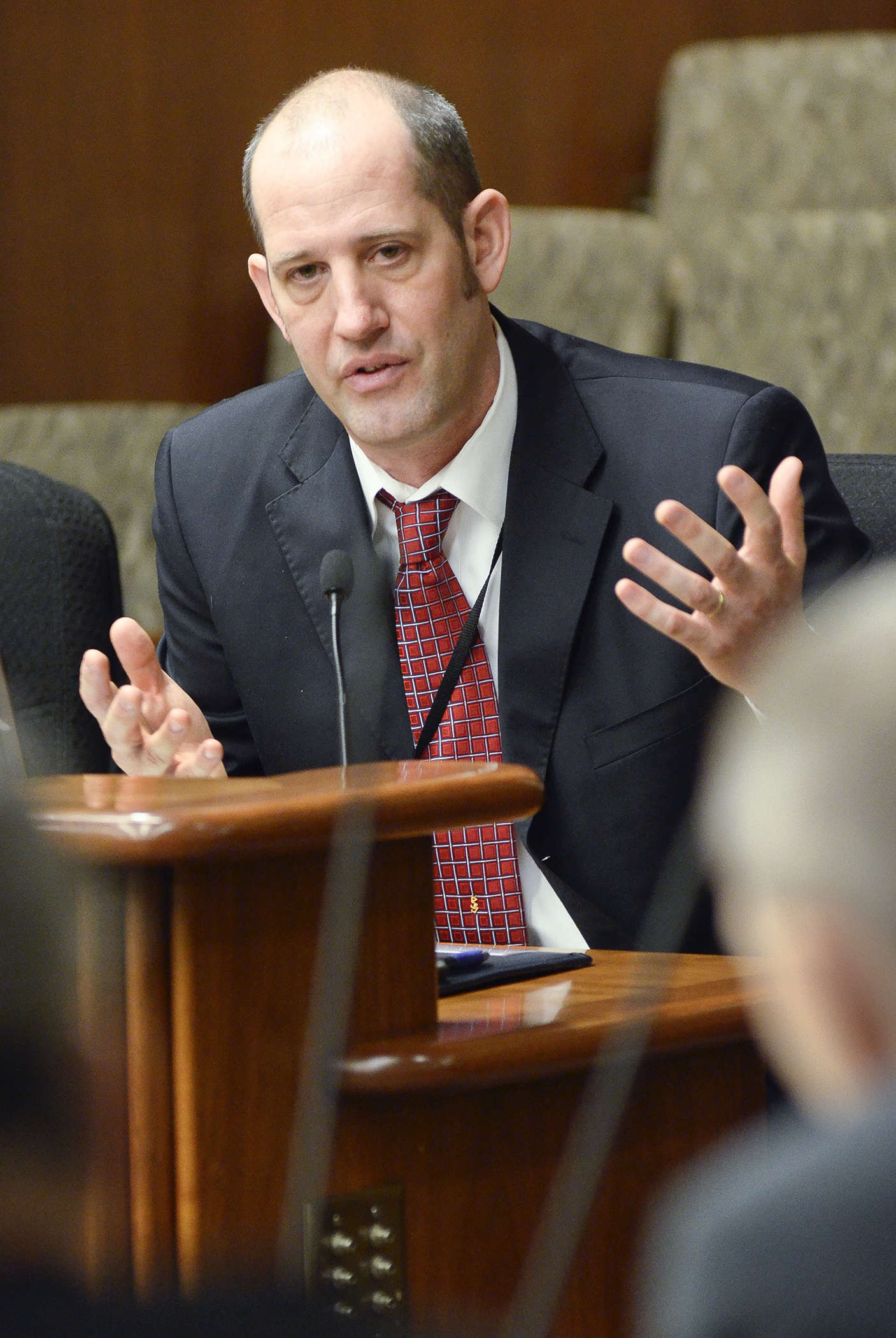Hemp growing from noxious weed to cash crop?

Minnesota used to classify hemp as a noxious weed because it grew so abundantly that its stalks could clog a corn harvester. Those days have passed, and the plant is no longer categorized as harmful. But its ability to grow so well, combined with a growing demand for the products it produces, has spurred a legislative effort to make industrial hemp legal in the state.
Exploration of the issue continued Wednesday in the House Agriculture Policy Committee. Members learned about a Department of Agriculture study that examined how other states are moving forward on industrial hemp and asked colleges and universities in Minnesota if they’re interested in conducting research on the plant.
The short answers to those questions seem to be, in order: rapidly and yes.
Tony Cortilet, a research scientist in the department’s Plant Protection Division, told members the Industrial Hemp Research report identified 19 states that have already passed laws allowing industrial hemp production or research. It also found a majority of the 34 states that responded to the survey believed “legislation will most likely be passed in the near future supporting either industrial hemp production or research programs.”
In Minnesota, 13 institutions responded to the survey and more than 70 percent felt the Legislature should pursue a pilot program to learn about the opportunities for hemp production.
Rep. Mary Franson (R-Alexandria), the committee vice chair, has sponsored a bipartisan bill that not only authorizes such a program, but would go much further by allowing the development of a regulated industrial hemp industry in Minnesota.
Industrial hemp could be grown, with a license, for commercial purposes, and it would be legal to possess, transport, process and buy or sell or the crop.
“I think if we’re going to move on this issue, the time is now,” Franson said.
HF683, which has been referred to the ag policy committee, has several co-sponsors including Rep. Phyllis Kahn (DFL-Mpls) and Rep. Rod Hamilton (R-Mountain Lake), chair of the House Agriculture Finance Committee. Its companion, SF618, is sponsored by Sen. Kent Eken (DFL-Twin Valley) and awaits action by the Senate Jobs, Agriculture and Rural Development Committee.
Hemp history
Industrial hemp differs from the marijuana ingested to produce a “high” because it has a much lower concentration (less than 0.3 percent) of the chemical THC which produces that effect. Hemp was grown in the United States for fiber and oilseed until the 1940s when federal and state laws made it illegal to produce and/or possess.
As part of the 2014 farm bill, the federal government allowed states and educational institutions, in jurisdictions where laws allow the growing of industrial hemp, to develop pilot research programs on the plant. The Legislature subsequently directed the Department of Agriculture to conduct the industrial hemp survey.
Cortilet said hemp is an annual plant that can be used in a number of industries, including biofuel. It grows in rows and is then cut and left in the field to dry for a few days before being bailed. In Canada, industrial hemp is grown on “marginal farming lands” where other crops such as corn or soybeans may not fare as well.
“It’s fairly easy to grow in those environments,” Cortilet said.
Related Articles
Search Session Daily
Advanced Search OptionsPriority Dailies
Ways and Means Committee OKs proposed $512 million supplemental budget on party-line vote
By Mike Cook Meeting more needs or fiscal irresponsibility is one way to sum up the differences among the two parties on a supplemental spending package a year after a $72 billion state budg...
Meeting more needs or fiscal irresponsibility is one way to sum up the differences among the two parties on a supplemental spending package a year after a $72 billion state budg...
Minnesota’s projected budget surplus balloons to $3.7 billion, but fiscal pressure still looms
By Rob Hubbard Just as Minnesota has experienced a warmer winter than usual, so has the state’s budget outlook warmed over the past few months.
On Thursday, Minnesota Management and Budget...
Just as Minnesota has experienced a warmer winter than usual, so has the state’s budget outlook warmed over the past few months.
On Thursday, Minnesota Management and Budget...